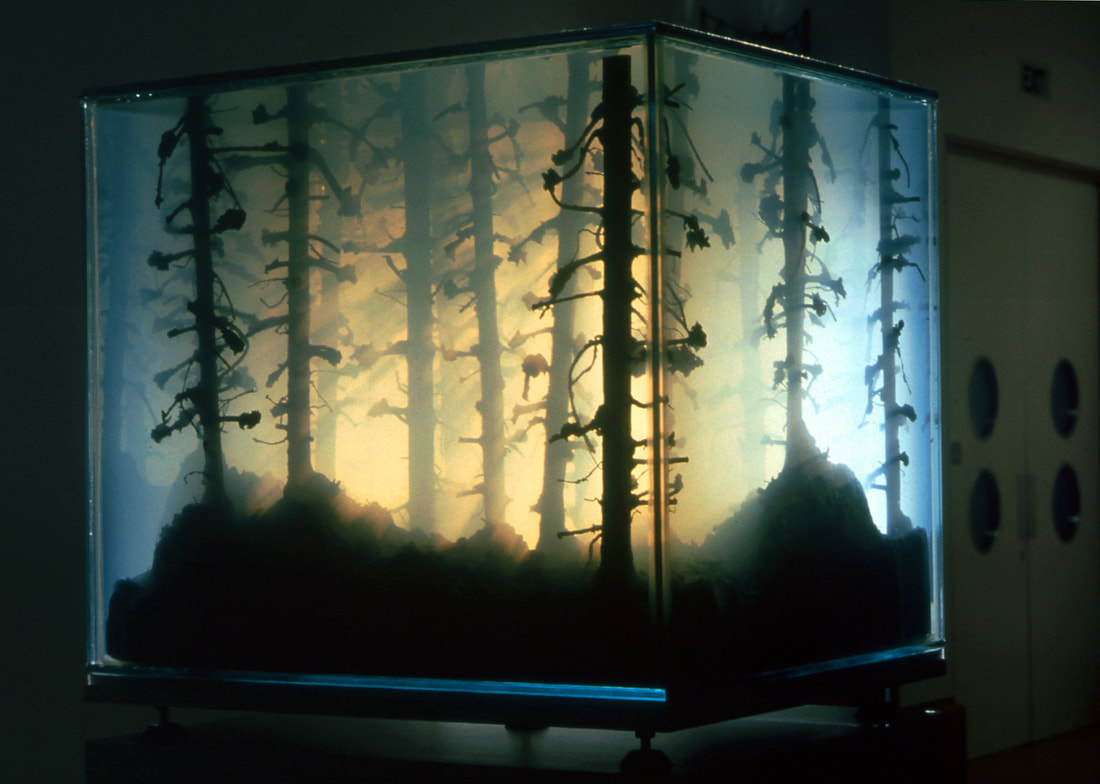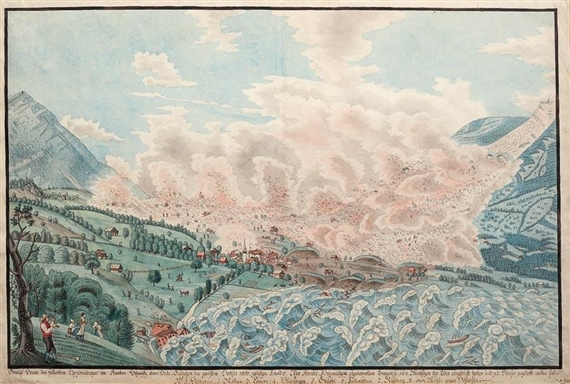It might be time for a clarification. Since flood myths play quite a big role in cristian creationist ideology and since there is a lot of material online on the subject hosted on creatonist propaganda websites, I feel I need to distance myself from the creationist idoelogy once and for all. I am arguing in this blog that mythology and folklore are aesthetic reflections of natural events like tsunamis, high tides or other extreme weather phenomena. In othe words, most myths are most likely creative renditions of lived experience. This does however not mean that myths are true or – for that matter – that the bible is right. In fact I am opposed to any creationist ideology, particularly of the US-American Christian ultra-right, and fundamentally opposed to the idea of founding ethical codes of conduct on religious authority.
Having said that much, here is an online source of a chapter from Sir James George Frazer‘s book “Folk-Lore in the Old Testament” from 1918. (On a creationist website…)
The Scotish scientist Frazer is one of the founding fathers of anthropology and his study “The Golden Bough” (1928) became one of the most influential and popular texts in anthropology.
This is the section from “Folk-Lore in the Old Testament” on the flood myth. In it he gives a very detailed account of several flood myths from all continents:
https://creationism.org/books/FrazerFolkloreOT/FrazerFolkloreOT_4.htm



